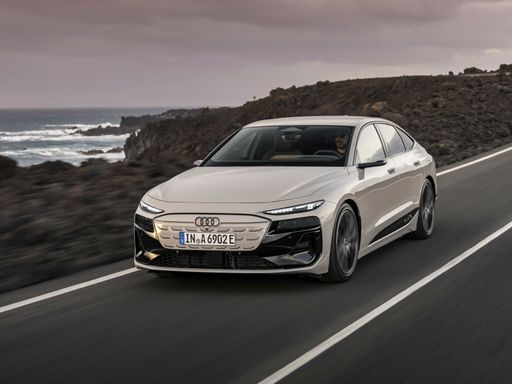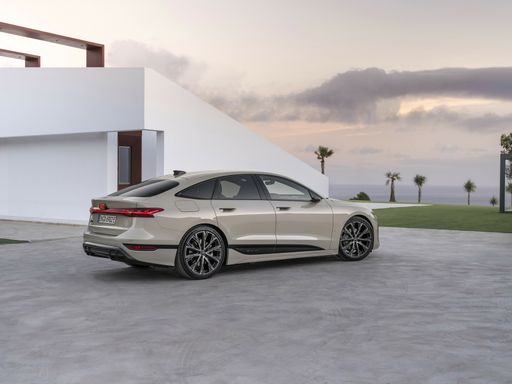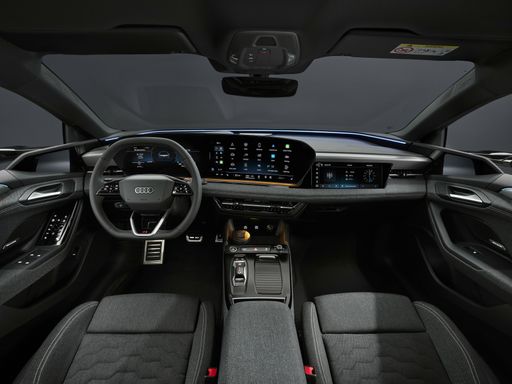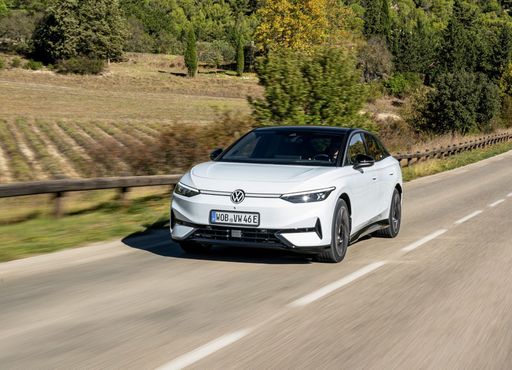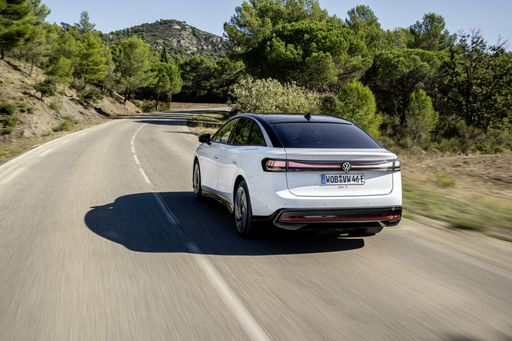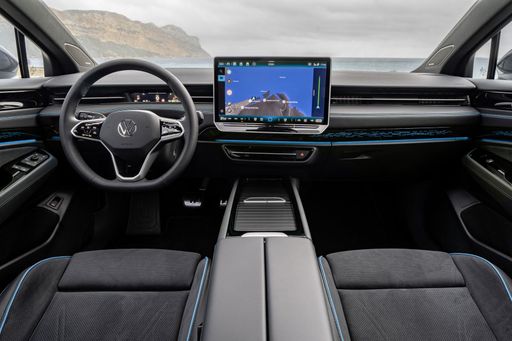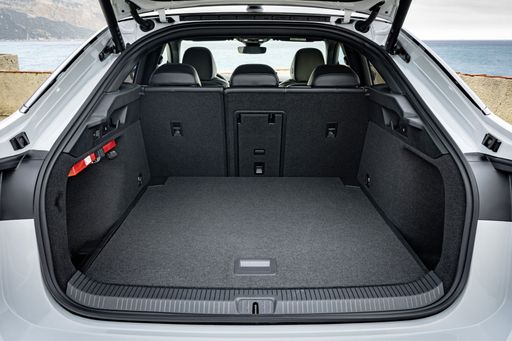In the Electric Arena: Audi A6 e-tron Sportback vs. VW ID.7
The automotive world is shifting gears towards electrification, and two prominent competitors pioneering this electric movement in the premium segment are the Audi A6 e-tron Sportback and the VW ID.7. Both vehicles showcase advanced technology, impressive ranges, and refined driving experiences. However, they cater to slightly different audiences within the electrified landscape. Let’s dive deeper into the comparisons of these cutting-edge electric vehicles.

